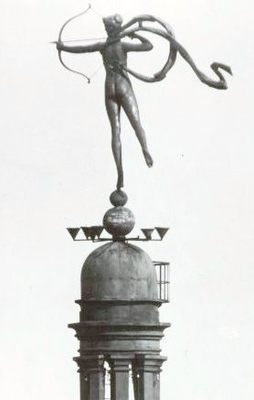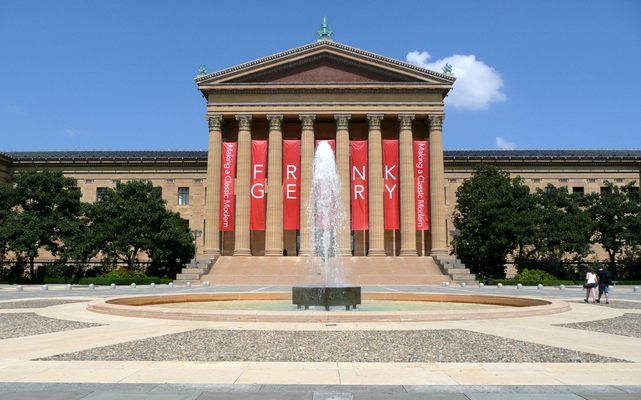About
There have been four renditions of New York's Madison Square Garden; the grandest and most opulent of which, was its second. Designed by Manhattan's premier architect and spoiler of chorus line girls, Stanford White in 1890, the Beaux Arts masterpiece was built with the finest flourishes that the combined millions of J.P. Morgan and Andrew Carnegie could provide.
Its original site was in the current Madison Square Park, at 26th Street and Madison Avenue. It dominated the city, and contained the biggest hall in the world, countless businesses, a concert hall, a sporting arena, a roof top theatre, and New York's largest restaurant.
White's glittering masterpiece was the jewel of his vision for Manhattan and on top of the arena he built himself a gilded ivory tower apartment from which he could survey his handiwork, from the millionaire's mansions on 5th Avenue to his seducing haunts in the Tenderloin.
Topping his tower was a golden statue of a naked woman. Modeled on the Diana, the goddess of chastity and the hunt, it was designed by White's partner in crime, Augustus Saint-Gaudens. The first statue came from the 1893 World Exposition, but at 18 feet, it proved too cumbersome for a weather vane. So Saint-Gaudens built White a more slender version at 13 feet.
The naked figure immediately caused outrage in some, and delight in others; it became known as the Statue That Offended New York. Critics led by the moralizing Anthony Comstock demanded it be taken down, whilst others flocked to see the sensuous Diana, glittering in the sunlight. Not to be deterred by Comstock's crusading, Stanford White designed a system of mirrors and electric arc lamps to illuminate her by night.
White's gleaming girl was the highest point in the city. One New York newspaper recorded, "a marked change in the character of the frequenters of Madison Square ... formerly this beautiful park was the gathering place of children ... in their place the Square is thronged with club men armed with field glasses."
But the Garden was to end in tragedy. In 1906, the great White's philandering caught up with him, when the husband of his one time lover, Evelyn Nesbit, shot him at point blank range in the roof top theatre. Nineteen years later with the Garden struggling financially, its mortgage holder, the New York Life Insurance company, had it torn down.
What was once one of New York's most beautiful buildings disappeared, all except for one remnant: the golden statue of Diana. The Philadelphia Museum of Art claimed her, and installed the statue in its grand entrance in the 1930s, where it currently stands. So the next time you visit the museum and its famous "Rocky steps," take a moment to look at what was once the glittering jewel in Stanford White's masterpiece, and the silent witness to his death.
Related Tags
Community Contributors
Added By
Published
July 25, 2014















































